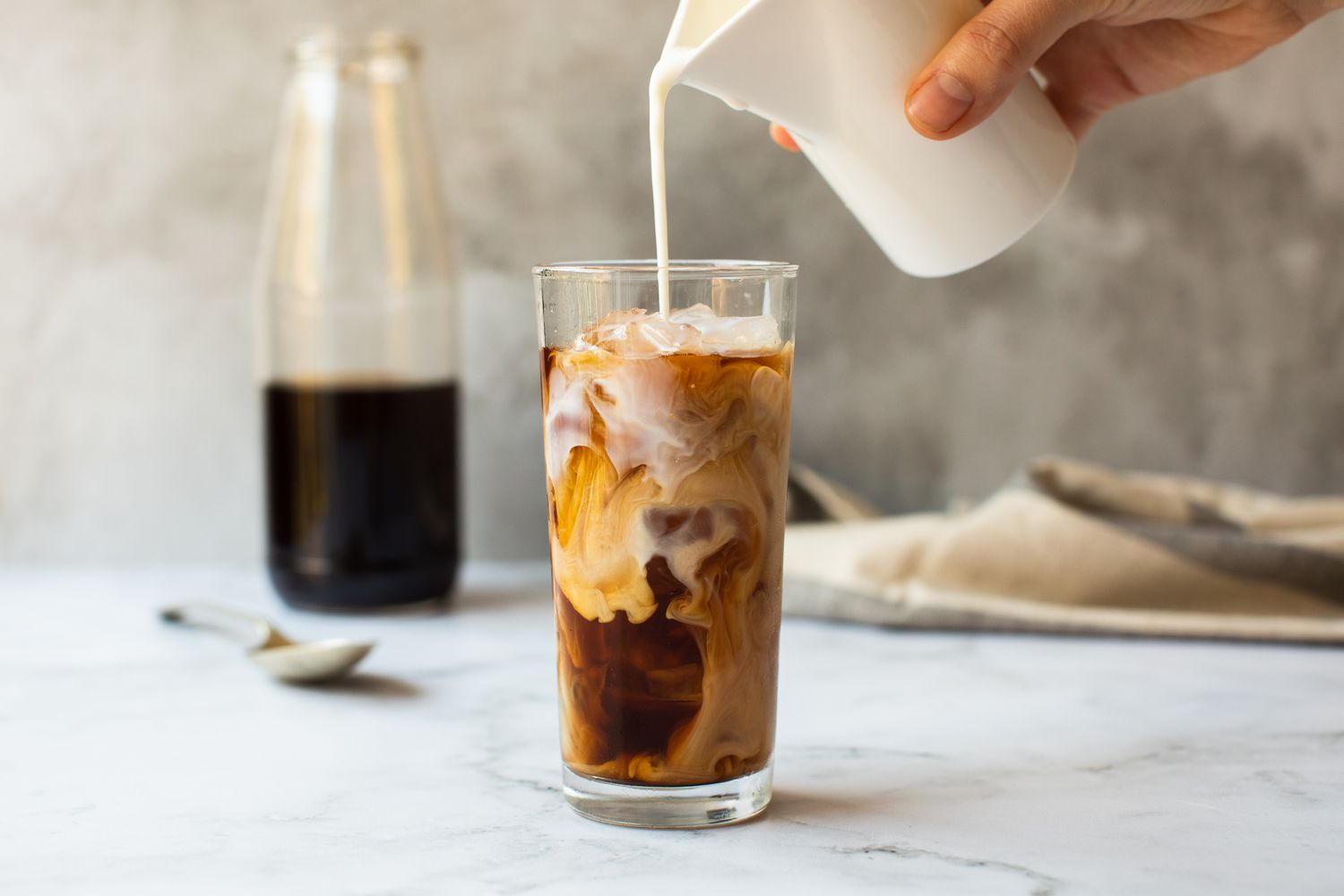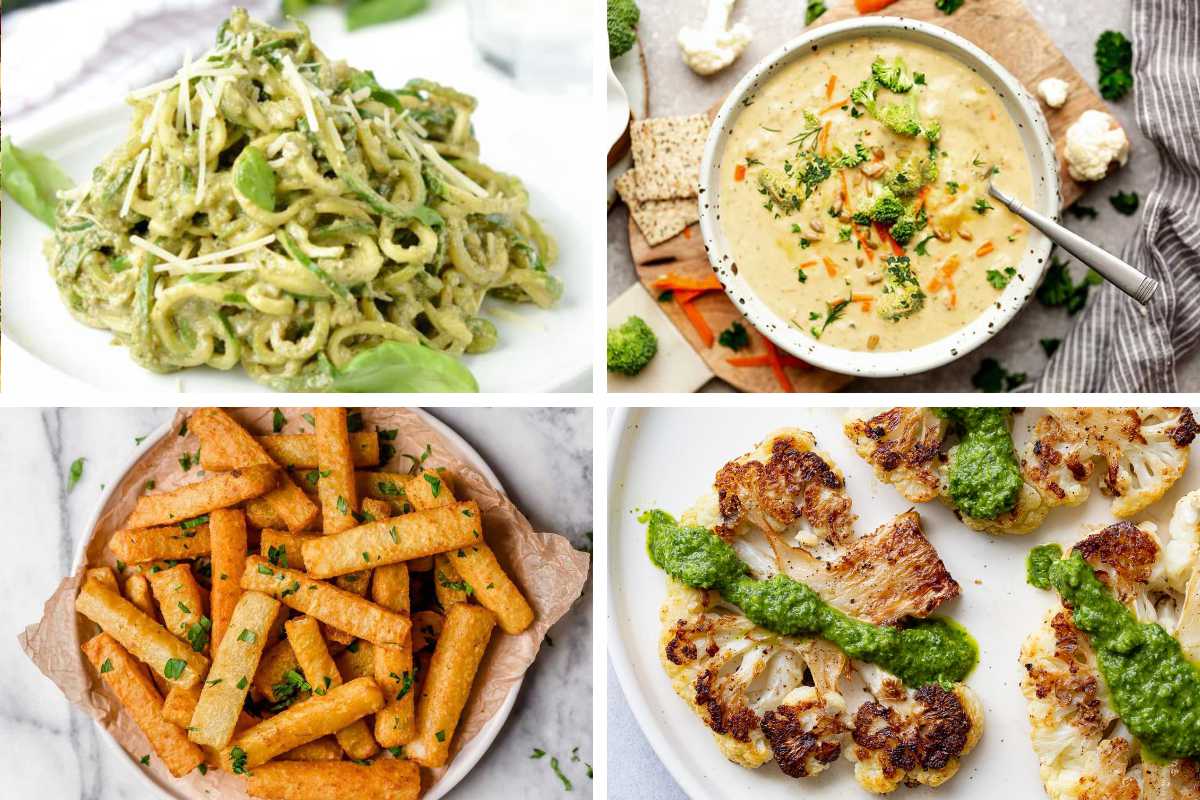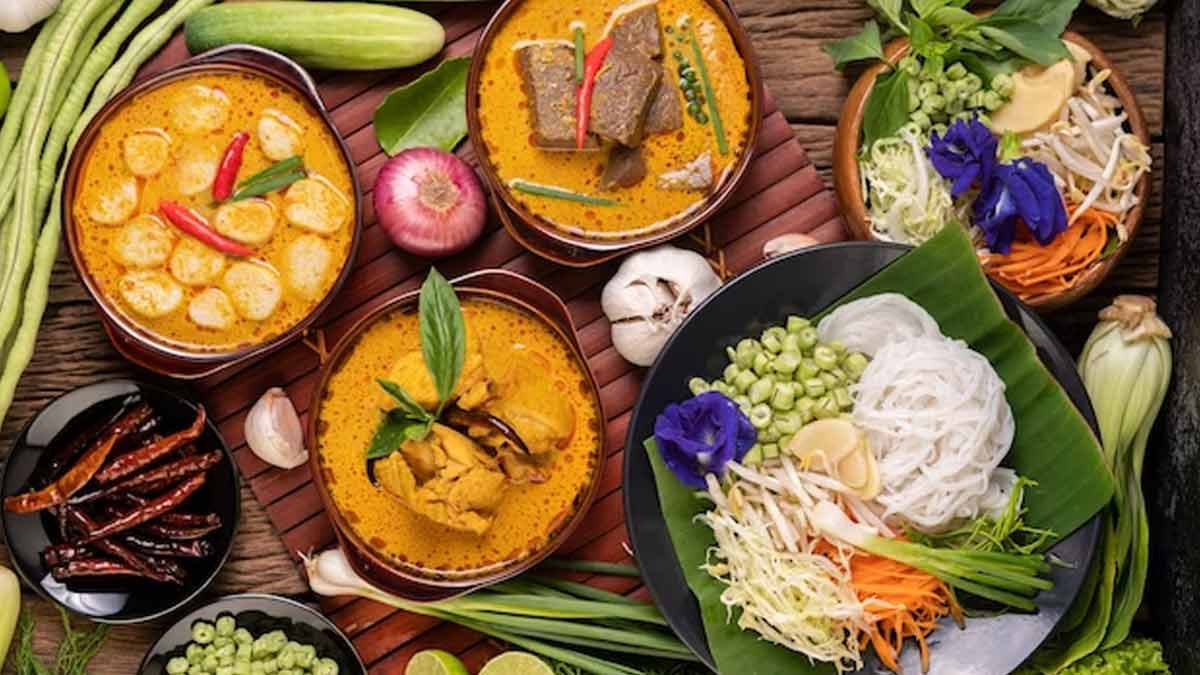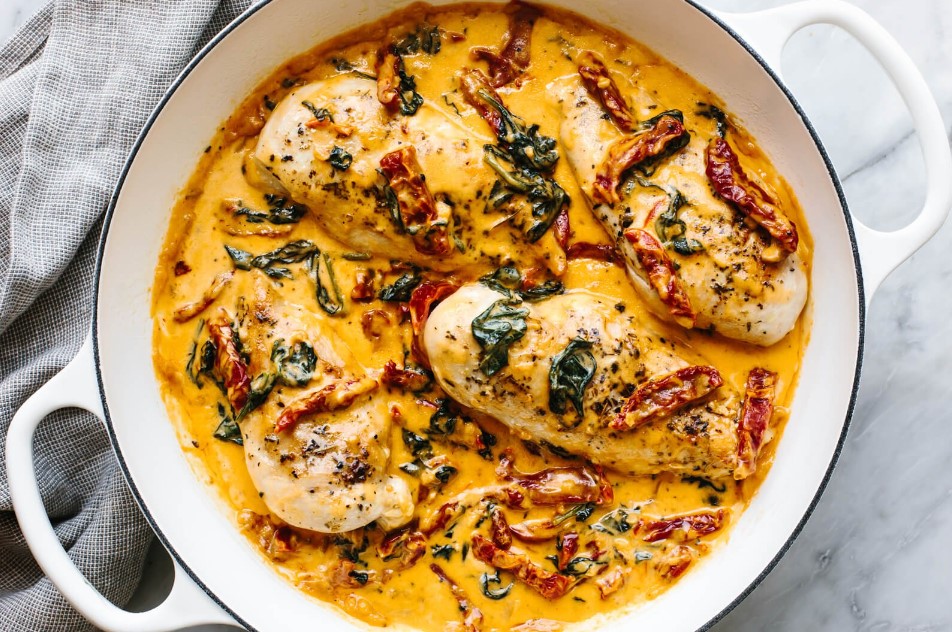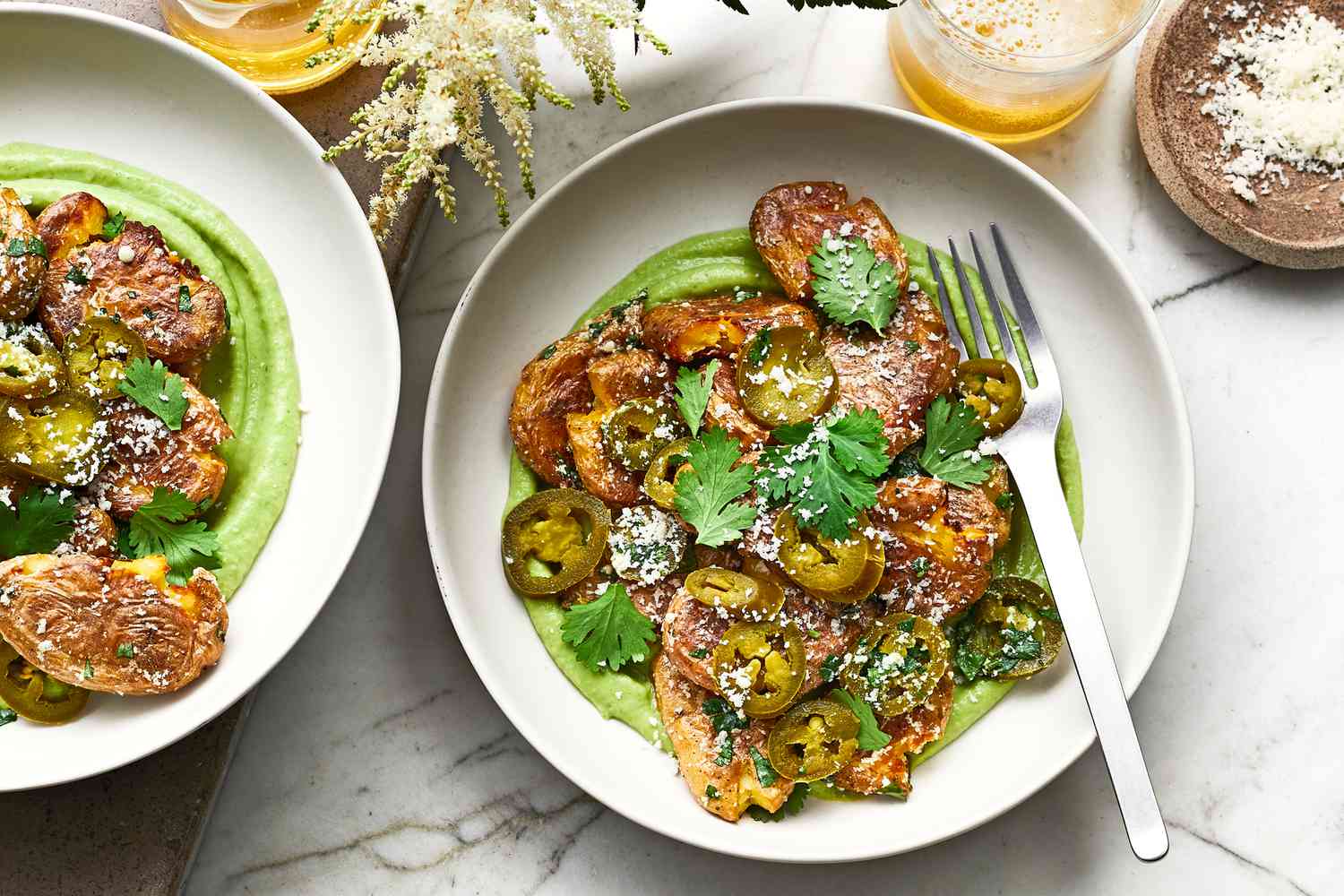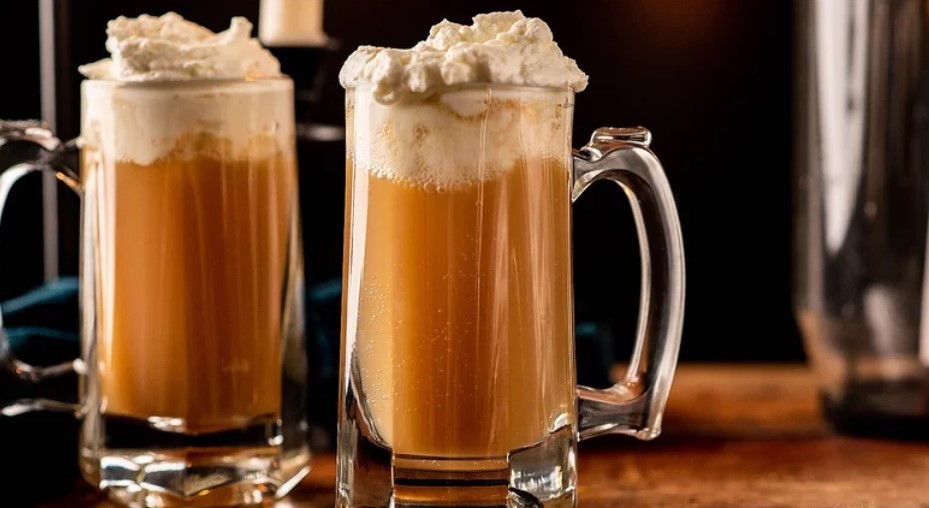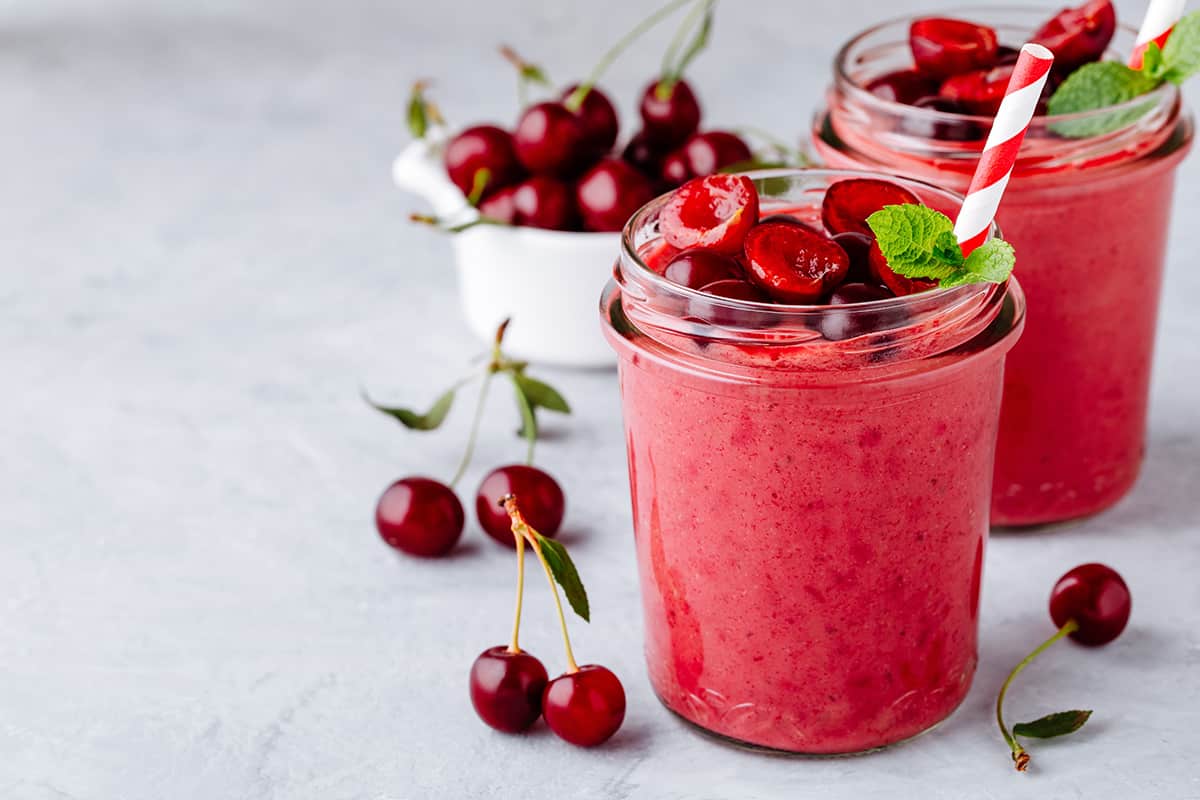Meal Prepping for Elderly Living at Home: Easy, Healthy Recipes for the Week
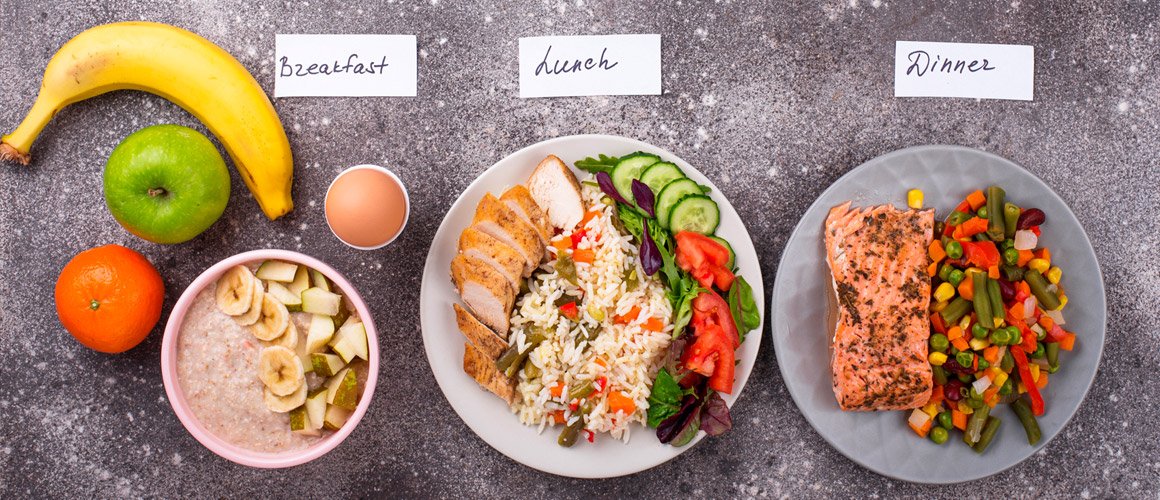
For seniors committed to elderly living at home, maintaining a nutritious diet is key to staying healthy, energetic, and independent. However, daily cooking can be challenging due to limited energy, mobility, or time. Meal prepping offers a practical solution, allowing older adults to prepare wholesome meals in advance with minimal effort. This article explores the benefits of meal prepping for elderly living at home, shares three easy, nutrient-packed recipes that store well, and provides a step-by-step guide to meal prepping using senior-friendly tools like slow cookers.
Why Meal Prepping for Elderly Living at Home?
Meal prepping is a game-changer for seniors who want to maintain independence while ensuring consistent, balanced nutrition. By preparing meals in advance, older adults can save time, reduce kitchen stress, and avoid relying on processed or takeout foods that may lack essential nutrients. For elderly living at home, meal prepping supports:
-
Nutritional Consistency: Ensures regular intake of protein, fiber, and vitamins to support bone health, immunity, and energy.
-
Time and Energy Savings: Reduces daily cooking tasks, which is ideal for seniors with limited stamina or mobility.
-
Cost Efficiency: Buying ingredients in bulk and cooking in batches saves money, crucial for those on fixed incomes.
-
Dietary Customization: Allows seniors to tailor meals to specific needs, such as low-sodium or high-fiber diets.
With the right recipes and tools, meal prepping can make elderly living at home both healthier and more manageable.
Read more: A Timeless Classic: The Tuna Salad with Egg
3 Meal-Prep Recipes for Elderly Living at Home
These recipes are designed to be simple, nutrient-dense, and easy to store, catering to seniors’ needs for elderly living at home. Each yields 4–6 servings, perfect for a week’s worth of meals, and can be refrigerated or frozen.
1. Make-Ahead Chicken and Vegetable Soup
-
Ingredients (6 servings):
-
1 lb boneless chicken breast, diced (protein for muscle health)
-
2 cups carrots, sliced (beta-carotene for immunity)
-
2 cups celery, chopped (fiber for digestion)
-
1 onion, diced (antioxidants)
-
2 cloves garlic, minced (anti-inflammatory)
-
6 cups low-sodium chicken broth (hydration and flavor)
-
1 cup frozen peas (vitamins and minerals)
-
1 tsp dried thyme (flavor without excess salt)
-
Salt and pepper to taste (use sparingly)
-
-
Instructions:
-
In a large pot or slow cooker, sauté onion and garlic until fragrant (3–4 minutes).
-
Add chicken, carrots, celery, broth, and thyme. Bring to a boil, then simmer for 20 minutes (or cook on low in a slow cooker for 4 hours).
-
Stir in peas and cook for 5 more minutes. Cool slightly, then divide into 6 airtight containers.
-
Store in the fridge for up to 5 days or freeze for up to 3 months. Reheat in a microwave or on the stove.
-
-
Why It Helps: This soup is packed with protein and vegetables, supporting strength and immunity for elderly living at home. It’s low-sodium and easy to reheat.
-
Prep Time: 30 minutes | Servings: 6 | Calories per Serving: ~180 kcal
Read more: Korean Skincare for Dry Acne Prone Skin: Anti-Inflammatory Korean Recipes
2. Freezer-Friendly Bean and Rice Burritos
-
Ingredients (6 servings):
-
1 cup cooked brown rice (fiber for digestion)
-
1 can (15 oz) black beans, drained and rinsed (protein and fiber)
-
1 cup corn kernels (antioxidants)
-
1 cup diced tomatoes (vitamin C)
-
1 tsp cumin (flavor and anti-inflammatory properties)
-
6 whole-wheat tortillas (fiber-rich)
-
1/2 cup shredded low-fat cheese (calcium for bones)
-
Optional: 1/4 cup chopped cilantro (flavor)
-
-
Instructions:
-
In a bowl, mix rice, beans, corn, tomatoes, cumin, and cilantro (if using).
-
Place 1/6 of the mixture in the center of each tortilla, sprinkle with cheese, and roll tightly.
-
Wrap each burrito in foil or plastic wrap. Store in a freezer-safe bag for up to 3 months.
-
To serve, thaw in the fridge overnight and microwave for 1–2 minutes or bake at 350°F for 10 minutes.
-
-
Why It Helps: These burritos are portable, fiber-rich, and easy to chew, making them ideal for elderly living at home with busy schedules or dental concerns.
-
Prep Time: 20 minutes | Servings: 6 | Calories per Serving: ~250 kcal
3. Batch-Cooked Quinoa and Roasted Vegetable Salad
-
Ingredients (4 servings):
-
1 cup quinoa, rinsed (protein and magnesium)
-
2 cups water or low-sodium vegetable broth
-
1 zucchini, diced (fiber and hydration)
-
1 red bell pepper, diced (vitamin C)
-
1 cup cherry tomatoes, halved (antioxidants)
-
2 tbsp olive oil (healthy fats for joint health)
-
1 tsp dried oregano (flavor)
-
1/4 cup feta cheese, crumbled (calcium)
-
Juice of 1 lemon (vitamin C and flavor)
-
-
Instructions:
-
Cook quinoa in water or broth according to package instructions (about 15 minutes). Let cool.
-
Preheat the oven to 400°F. Toss zucchini, bell pepper, and tomatoes with 1 tbsp olive oil and oregano. Roast for 20 minutes.
-
Mix quinoa, roasted vegetables, feta, lemon juice, and remaining olive oil. Divide into 4 containers.
-
Store in the fridge for up to 5 days. Serve cold or at room temperature.
-
-
Why It Helps: This salad is nutrient-dense and easy to prepare in bulk, supporting elderly living at home with a heart-healthy, fiber-rich meal.
-
Prep Time: 30 minutes | Servings: 4 | Calories per Serving: ~220 kcal
Step-by-Step Guide to Meal Prepping for Seniors
Meal prepping can be simplified with senior-friendly tools and strategies. Follow these steps to make elderly living at home easier:
-
Plan Your Menu: Choose recipes like the ones above that are nutrient-rich and store well. Focus on variety to cover protein, fiber, and vitamins.
-
Shop Smart: Buy ingredients in bulk (e.g., rice, beans) and opt for pre-chopped or frozen vegetables to reduce prep effort.
-
Use Senior-Friendly Tools: Slow cookers are ideal for low-effort cooking; set them up and let them cook while you rest. Lightweight pots and non-slip cutting boards also help.
-
Batch Cook: Prepare all meals in one session (e.g., a Sunday afternoon) to save time. Cook in large batches to cover 4–7 days.
-
Store Safely: Use airtight containers or freezer bags. Label with dates and reheating instructions for convenience.
-
Reheat Easily: Choose recipes that reheat well in a microwave or toaster oven, minimizing kitchen work for seniors.
Weekly Meal Planner for Elderly Living at Home
To help you get started, download our printable weekly meal planner tailored for elderly living at home. It includes:
-
Monday–Sunday Schedule: Assigns the above recipes across the week, with breakfast, lunch, and dinner suggestions.
-
Grocery List: Lists all ingredients needed for the recipes, optimized for seniors on a budget.
-
Tips: Notes on portion sizes and storage to maintain freshness.
Download the Weekly Meal Planner Here (Note: Replace with actual link if hosting on a website.)
Get Cooking!
These meal-prep recipes and strategies make elderly living at home simpler and healthier, ensuring seniors can enjoy nutritious meals without daily cooking stress. Try these recipes and share your experience in the comments below—how do you meal prep for elderly living at home? For more senior-friendly recipes, subscribe to our newsletter and explore our collection of easy, healthy dishes.

